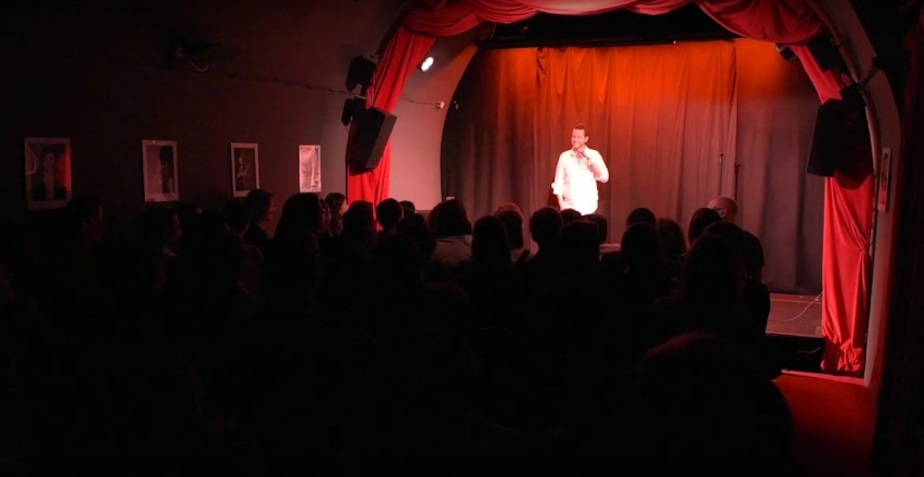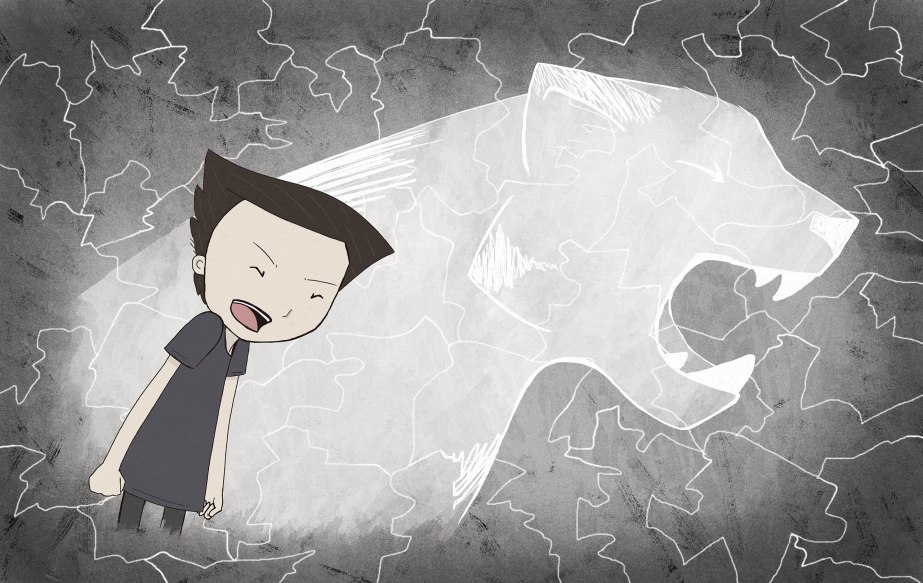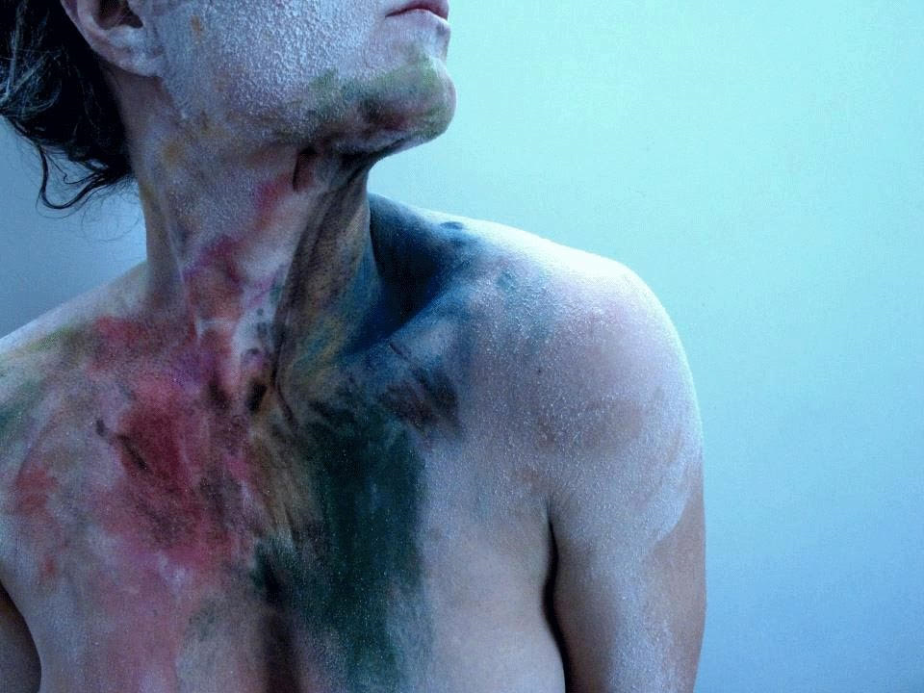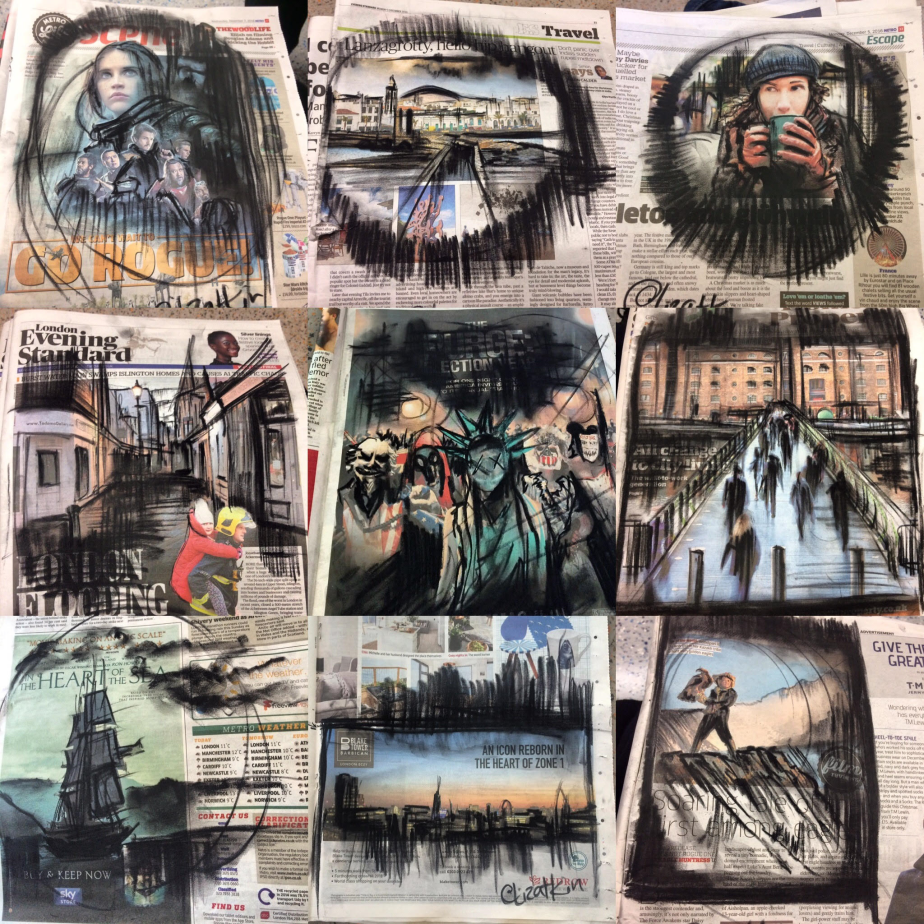Rates of mental illness may be higher in creative types, but are we wrapping a ball and chain around the ankles of mentally ill people, willing them to drown in a vat of oil paints and acrylics, or is there a real link?
It’s no secret that highly creative people, writers, artists and comedians alike, tend to battle with self-destructive qualities – and there’s poetry in that alone.
However, what exactly is the link and can creativity tackle mental illness?
Dr Nancy Andreasen, prominent neuroscientist and psychiatrist with a PhD in English Literature, is one of the world’s leading experts on creativity.
Based at the University of Iwoa, her background in both the arts and the sciences has led to decades of research on the nature of creativity and its links with mental illness: “My work and that of many others has found that highly creative people have an increased rate of mental illness – particularly mood disorders.”
However, revering the symbol of the ‘tortured artist’ may create more depth of illness than it does profound works of art.
Dr Andreasen says that society’s misconception of creativity, that mental illness automatically promotes creativity, is dangerous and factually incorrect: “That implies a directional causative relationship – that mental illness leads to creativity.
“Mental illness affects 30-40% of the population. Less than 1% of the population are highly creative.
“I don’t see them as causing one another. Instead, I think there is a more basic property that is potentially the cause of both.
“It is the ability to see and understand the world in an original way. This makes creatives ‘different.’
“It sometimes predisposes mental illnesses such as depression, but not always.”
In the mid-1970s and 1980s, Dr Nancy Andreasen conducted the first ‘solidly empirical’ study of creativity and mental illness.
A sample group of 30 writers and 30 control subjects were evaluated in structured interviews where clinical diagnoses were made.
Results showed that 80% of the writers compared with 30% of a control group had some type of mood disorder, notably bipolar I and bipolar II.
Dr Andreasen adds, “While many writers suffer from a mood disorder, not all do.
“Some have alcoholism, while a few suffer from obsessive-compulsive disorder.”
Prescribing creativity for severe mental illness is not the ultimate cure. However, as art is an abstract way of understanding the world, it makes sense that many of those suffering with mental illness – who want nothing more than to understand and to be understood – often need a creative outlet to achieve that level of communication.
For this very reason, treatments such as art therapy, music therapy and writing therapy are of recent interest to clinicians.
As head of British Academy funded project, Creative Writing Interventions for Young People in Recovery from Mental Illness, Dr Carolyn Jess-Cooke, Lecturer of Creative Writing at the University of Glasgow, is exploring how creative writing can assist young people recovering from mental illness.
By holding workshops with different mental health initiatives across the UK and conducting pilot studies, Dr Jess-Cooke hopes to better the use of creative writing in mental health therapy.
Already, she has noted some common problems with the clinical use of writing: “It has to be in a controlled environment.
“Getting people to sit down and write directly about something traumatic can be damaging.
“Creative writing is the better angle, rather than engaging in expressive writing and life writing, because it acts as a bit of a barrier.”
Although writers often use fiction to explain reality, they rarely write directly about a painful life experience. Therefore, Dr Jess-Cooke believes that writing is a strategy that should be employed creatively in mental health settings: “Poetry has been spoken of as an act of bearing witness.
“Creative writing can offer an opportunity to reconstruct and reprocess, and consider things from a different angle.
“It can be more empowering because it can have a different outcome. You can fictionalise.
“You can, if you do decide to write from your own past experiences, put it in a Sci-fi setting or have superheroes – you can do whatever you want.
“But there’s an obligation to the truth when you write directly about the past, it can be painful.”
Mental health is a vastly underfunded area of the public health sector, but at least in the public arena the mental health dialogue is experiencing a boom.
Many of today’s ‘tortured artists’ are taking it upon themselves to “do whatever they want” with this changing narrative.
Not only are they using creativity as a tool to tackle mental illness, they are creatively fighting the stigma as well – humanising the script with signature monologues.
“Jury’s out, but I don’t think anorexia is a great way to live,” laughs Dave Chawner, cutting off the sad piano arrangement and placing his sense of humour firmly before any eating disorder in his credentials.

Dave Chawner, now 28, began suffering with anorexia at the age of 17.
“Suffering. I really hate that word,” he playfully chimes. “It’s so pathetic. It sounds so weak and needy, and I just think that’s really shit.”
Like creative writing, comedy can also act as a buffer for the harsh realities of life.
“Taking something that you’ve been running from or you’re ashamed of or really upset about and changing it into something funny is a huge catharsis,” he says.
Backed by BEAT UK, Dave Chawner previously toured a comedically-driven eating disorders awareness campaign. ‘Normally Abnormal’ aimed to shed a surreal light on a very real issue by using comedy to both blur and clarify the lines: “Nobody says I don’t like to laugh. Nobody says I don’t like to have fun.
“I looked at that and thought, I could actually use comedy as a way to talk about this stuff, take it off the shelf, break it down, and make it engaging.
“Comedy has a wonderful way of reaching people because people are laughing and to be laughing they have to be listening and if they’re listening they can learn.
“I want to use that to help people that might be struggling, but also to get to a wider audience of people who are lucky enough to have no experience whatsoever.
“And, I personally don’t think that’s mental.”
The comedian cracks up a bit, “But, there are bits where I’m like, ‘Is that funny or is it just f*cking tragic?’”
Not entirely shy of tragedy, Dave wants to focus his next show on the “balls-to-the-walls” details of recovery: “Stories of mental illness finish with people going, ‘then I came out of therapy and it’s amazing’ and that’s not true.
“We pin these piffy narratives onto it.
“To say, I don’t have it all together and I’ve been searching for years for this, I’m hoping is the take home idea.”
It’s a good point. Not only is mental health often sensationalised it can also be detrimentally censored.
Although, 1 in 10 children aged between 5 and 16-years-old has a diagnosable mental illness, we often exclude young people from the mental health discussion – sheltering them from life-saving information.
Re-routing this stunted narrative is Livingston-based author and illustrator, Deborah Malcolm. Deborah, 29, decided four years ago to go against the grain and design a children’s picture book all about depression.

Based on her own 10-year struggle, ‘Meh’ was published in 2015: “It is an unconventional story type and it’s not a popular story, but I felt it was important enough to try and challenge it.”
Mental illness in children is something most people don’t want to think about let alone talk about. ‘Meh’ aims to open such a discussion between child and adult by offering evocative imagery accompanied by reflective questions: “My hope is that the sooner you teach the fundamentals of mindfulness and the little things we use during treatment of mental illness, it will just become the norm and a part of life really.”
After various reiterations, Deborah decided to make the book wordless. She views this as a symbolic articulation of depression that children can uniquely interpret: “It’s so hard to put into words, because it’s just so blugh. That’s why the book’s called ‘Meh.’
“You know, ‘How do you feel?’
“It’s phonic, it’s just a noise, and it’s just ugh.
“I kind of thought, does it need words?”
Often there are no words to describe mental illness, and Dave puts it best when he says, “I think it’s very hard to understand this sort of thing when you’re in the eye of the storm. It’s kind of like standing an inch away from a painting and trying to describe the whole picture, it’s just not going to happen.”
And, painting that picture, inch by inch, using her body as the canvas, is London-based visual artist, Liz Atkin.

Liz demonstrates the relationship between artistic expression and mental illness better than anybody else.
She has spent the past 12 years turning her compulsive skin-picking disorder, dermatillomania, into art, and is best-known for her frantic, scribbled, sketches on the scattered newspapers of the London tube, which she distributes to fellow commuters for free.
‘Compulsive charcoal free drawings’ are Liz’s unique way of tackling skin-picking and spreading awareness: “It’s my tool to stop my picking and to keep me calm.
“But it’s also advocacy for mental health and just an act of kindness. It’s a nice thing to be able to lean across a carriage and say would you like this drawing?”
Liz respects her disorder which she’s had since 7-years-old. She’s learnt to use drawing as a natural sedative for the illness: “I feel like they’re both having a conversation.
“I listen for what that feeling in the body is – it’s this kind of itchy, scratchy energy – and, for me, drawing with charcoal is the perfect way to kind get that out.
“Charcoal is scratchy, it’s crumbly, it’s messy, so I can’t pick.”
Liz creates up to 60 drawings a day and over 10,000 in a year, which reflects the repetitive, hyper-focused nature of the disorder.

Before discovering drawing, Liz studied a Masters in dance. Her first assignment was to view her body as an observer. This would change the way she looked at her body forever: “I recorded my movement and it was the first time I saw what my body does without me cognitively realising.”
Upon re-watching 3 hours of footage, Liz discovered it was “fractions of a second” before she was picking her skin. Suddenly, she saw her disorder as this autonomous force: “Nobody taught me how to do this, I just developed it.
“A bit like a ballet dancer moves their feet over and over, my fingers have done this thing over and over.”
Liz attributes her visual art to this experience – urged to explore her illness and her body through a variety of mediums.
It appears that until we learn how to channel it, creativity can be destructive before it’s constructive.
Perhaps creativity is a survival mechanism that has evolved to meet the emotional needs of humans.
For, is there much difference between the creativity involved in building a shelter to protect ourselves from external forces, and the creativity involved in painting a picture to protect ourselves from internal forces?
Dave offers a complementary thought: “People talk about the evolution of species, but we also have the evolution of problems.
“It’s not surprising that our coping mechanisms have become more esoteric and less tangible because our society has become less tangible.”
There is obviously a connection between the two, which is difficult to explore without implying that creativity is always accompanied by mental illness.
However, anecdotally, the creative expression of mental illness does appear to help.
Deborah gingerly admits: “I’ve had depression for so long now, I don’t remember not having it.
“When the book was finished and people said they understood it, that was good because – I guess secretly for me – people were telling me they understood how I felt.”
“Art literally saved my life,” Liz chokes.
And Dave soberly reminds us: “You know, everybody has sh*t in life. It could be anything and it can kind of make you feel abnormal, but the fact that everyone feels like that shows that everyone’s got an Achilles heel.
“I do think with a lot of mental illnesses, there are certain things that it gives you as well, and too much of that just comes at a price.
“So, don’t be ashamed of it. Just accept it, acknowledge it, and use it.”













